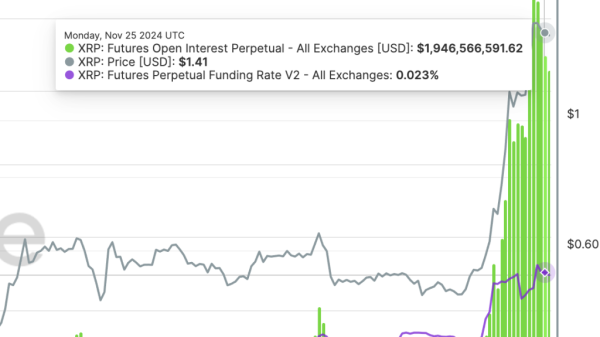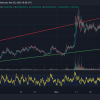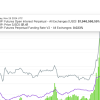Article Body:
The July inflation rate has provided some financial respite for many, as data indicates a decline to 2.9%, suggesting the surge in prices has started to recede. This easing of inflationary pressure has been recently reported by economists and industry watchers, who have noticed a trend that could significantly impact the economic and social spheres.
The effects of inflation are far-reaching, from consumer goods prices to financial markets, as well as the assessment of economic health. In the nutshell, a high inflation rate means that goods and services become more expensive, and the purchasing power of the currency is weakened. Conversely, a lower inflation rate conveys more stability and encourages consumer spending and economic growth.
According to the data released in July, a notable moderation in the upward thrust of prices has been observed. This decrease is not only favorable for consumers, but also an encouraging sign for the wider economy. It can potentially facilitate increased economic activities by creating an environment conducive to spending and investment.
Various factors are considered significant contributors to this development. These include governmental policies, supply chain activities, and demand fluctuations. A drop in the inflation rate reflects the effective interplay of these factors, with management mechanisms curtailing the rampant escalation of prices.
This decline in inflation can also result in a more favorable market for businesses. As prices stabilize, there is increased predictability in the market, a boon for businesses planning their future investments. With a more predictable market, companies can estimate costs and revenues accurately, aiding them in making informed decisions especially regarding expansion and resource allocation.
For consumers, the decline of the inflation rate alleviates some financial strain. A decrease in inflation ensures that consumers’ incomes retain their value. It fosters an environment where buying power is improved, leading to increased consumption, which, in turn, fuels economic growth.
As evident, the July inflation rate falling to 2.9% not only provides hope amidst an uncertain economic climate but also demonstrates the economy’s resilience. However, it is essential to note that while this is a positive development, constant vigilance is crucial to ensure the situation continues to stabilize and improve. As several variables can influence the inflation rate, ongoing monitoring and swift actions must be taken to maintain this positive trend.
An important element in maintaining this trend is the role of policy makers. They need to continue employing measures to manage inflation levels effectively. These measures could comprise a combination of monetary policy, fiscal policy, and regulatory measures to ensure that inflation remains in the healthy range for sustainable economic development.
In conclusion, while the falling inflation rate is worth celebrating, it should also serve as an encouragement to continue working towards a stable economic climate which would benefit businesses, consumers, and the nation at large. The commitment to balance between growth and stability is integral for a robust economic future, aptly reflected in the management of inflation.






























